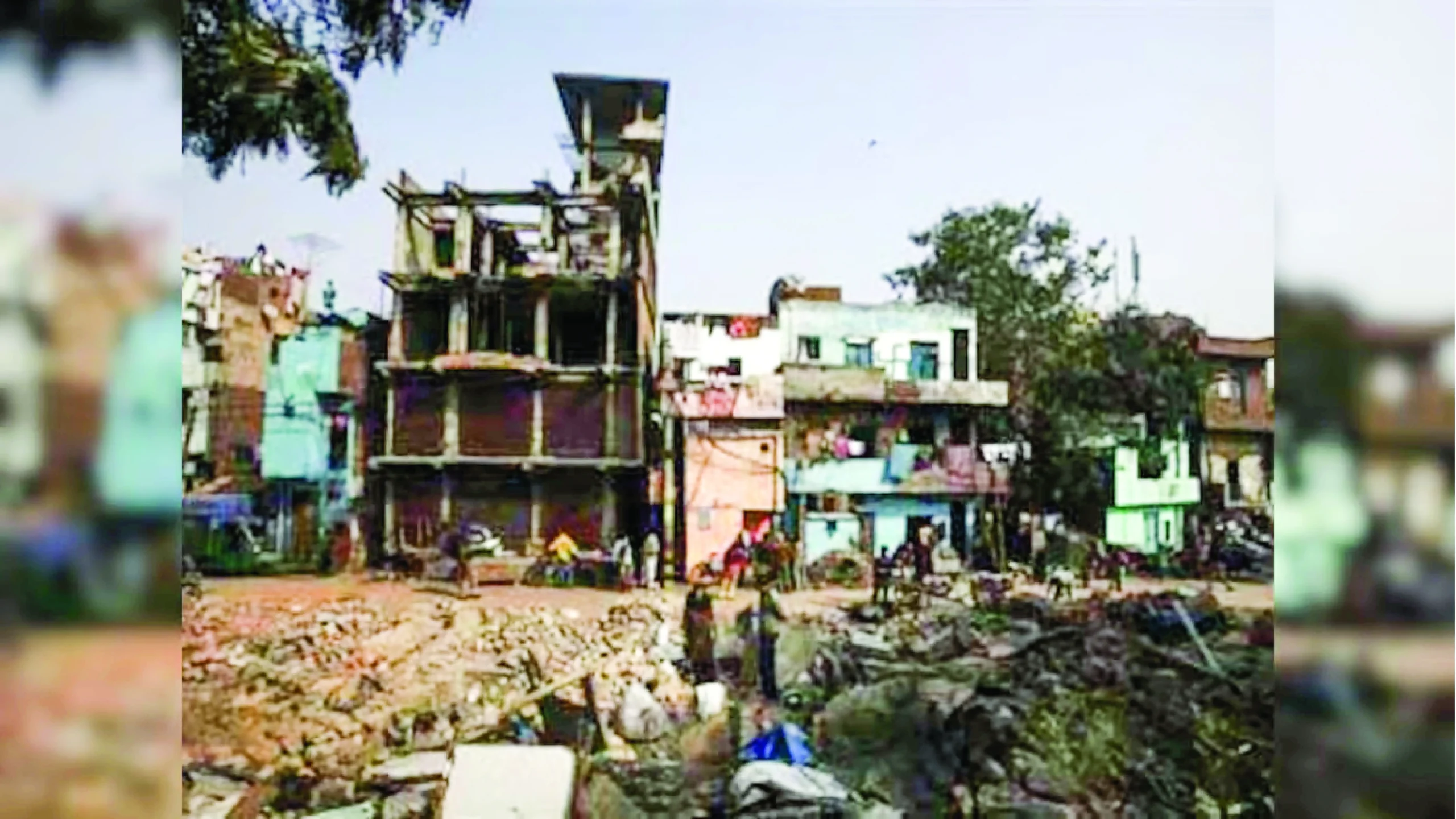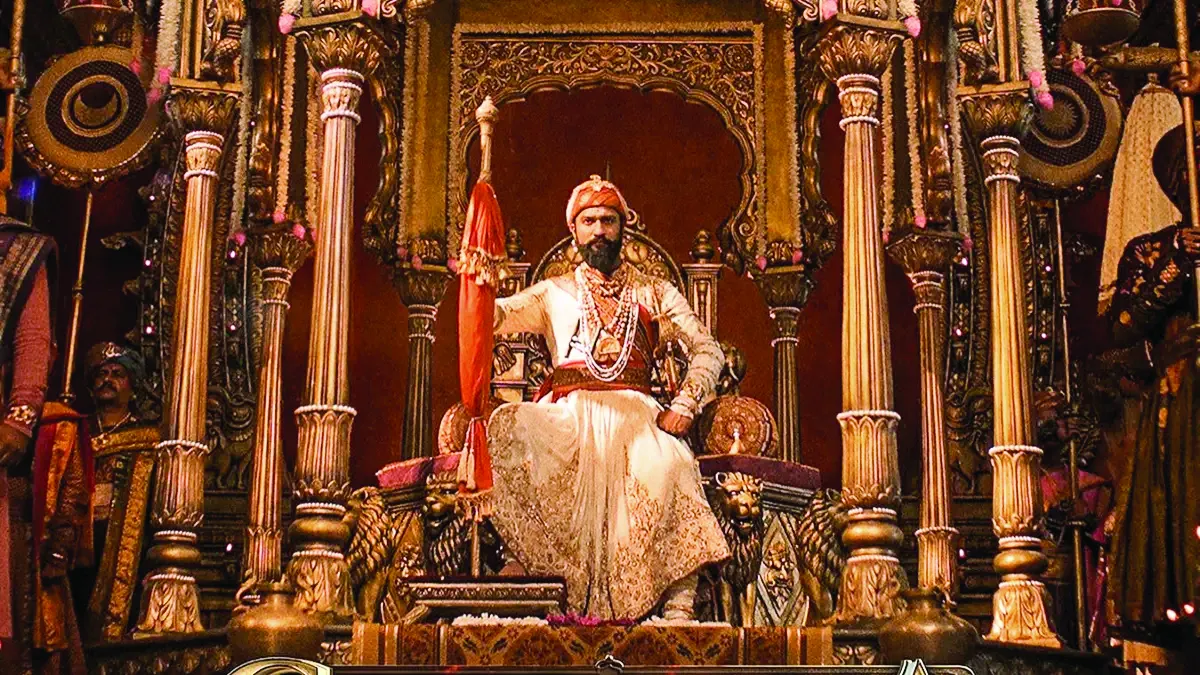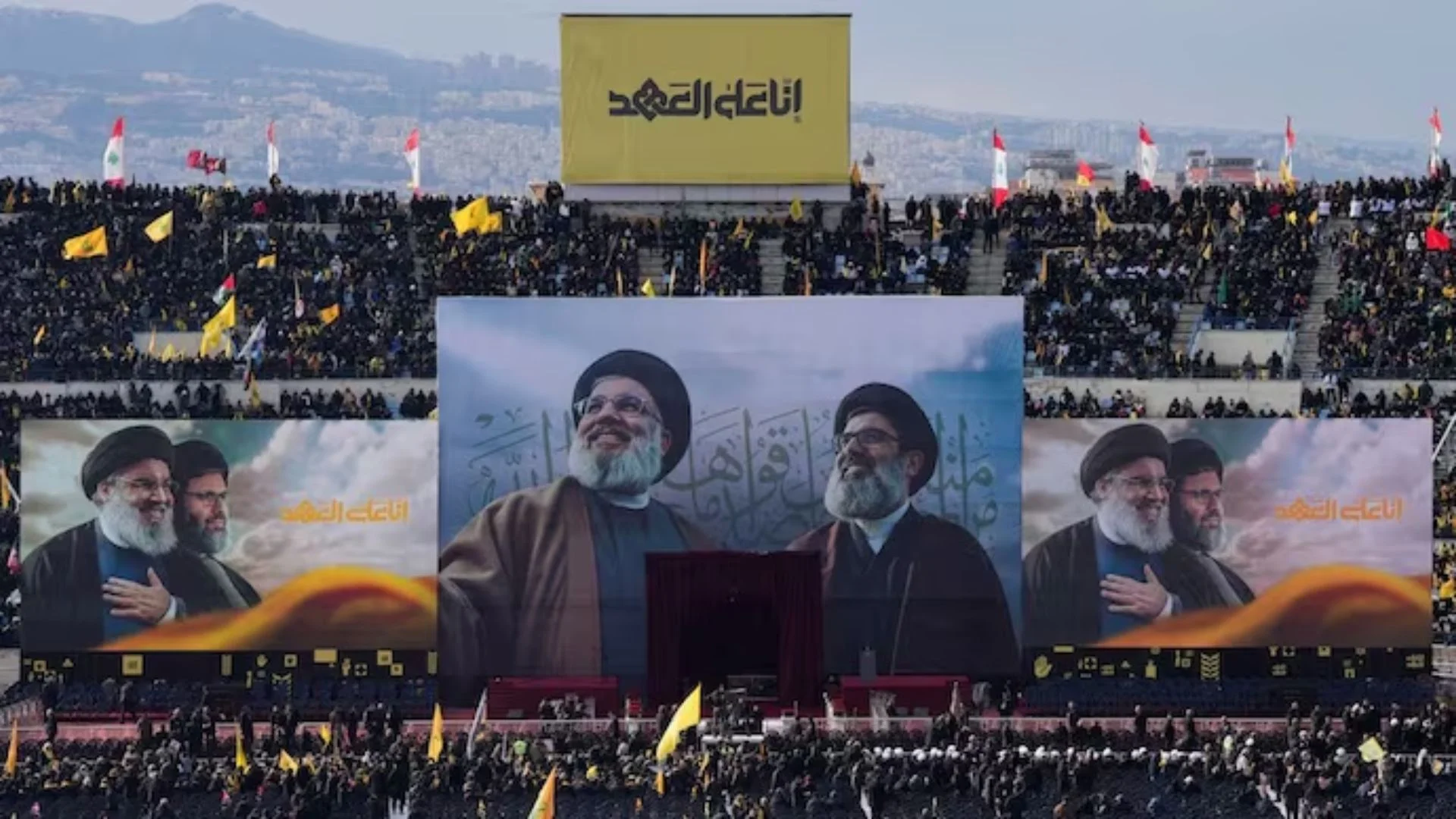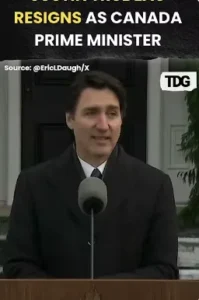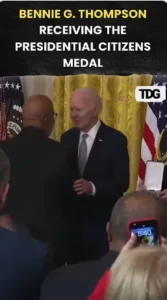The Indian National Education Policy (NEP) outlines, guidelines and advises the vision for the country’s education system, incipiently approved by the Union Cabinet in July 2020, thereby transfiguring the previous National Policy on Education of 1986, and aspiring to making sweeping changes in school and higher education. The NEP prepared by the Ministry of Human Resource Development, sought rigorous consultations and deliberations in its drafting, pitching both the empirical and reasonable imputations from the districts, municipalities, gram panchayats and other Urban and Local bodies, based on the exigent needs of the Indian education in contemporary times.
The National Education Policy 2020 proposed prima facie to increase the state expenditure on education from around 3% to 6% of India’s Gross Domestic Product (GDP). It further mandated to make education universal, holistic, inclusive, assessmentive, conceptual, analytical, multi-lingual, multi-disciplinary, investigative and innovative, with practical implementation on access to education and ease of examination operations. It additionally clarified that the mode of instruction in education will be the mother tongue till Grade 5 and beyond to improve Learning-Outcomes, though stressing and accentuating on the connotation of Sanskrit and foreign languages.
The Policy recommended a “Tri-Language Formula” anticipating that all students will learn three languages in their school, under which at least two should be native to India. It also asserted and insisted that no language will be imposed on the students. After the concurrence of the said policy, the Union Government deemed the language in NEP as a broad guideline, and mandated that it was up to the states, institutions and schools to decide the implementation of the policy.
Several states of India, consequently, implemented the provisions of NEP 2020 successfully. But the problem arose when some regional states of the Indian Union controversially saw this Policy as the Union’s attempt to impose Hindi on school students. They also found the provisions of this Policy over-ambitious, in the bold declaration to the utilization of 6% of India’s Gross Domestic Product for education, at a time when the National Exchequer itself is choked meeting the current expenditure requirements in healthcare, infrastructure and national security.
The recalcitrant states further argued that a healthy education system must comprise of a diversity of institutions, not a forced multi-disciplinarily one. Students should have a choice for different kinds of institutions. The policy was found risking an institutional isomorphism mandated by the Centre, without accounting for diversity. NEP provocatively also maintained a stoic silence on the issue between skill and availability of matching jobs, due to emergent technological fields like Artificial Intelligence, Cyberspace and Nanotechnology.
When the National Education Policy 2024-2025 has been given the implementation license, it has evolved with the most radical change in enriching and personalization of the school education, replacing the 10+2 model with the 5+3+3+4 model, developmentally aligning the educational age to Foundational, Preparatory, Middle and Secondary stages. Another big advantage is the mitigating of pressure and increased flexibility on taking up examinations by way of allowing board exams to be taken twice a year.
The rigid segregation of academic streams into Arts, Science, and Commerce is proposed to be demolished. Students will be free to choose subjects that cut across disciplines which not only makes education relevant to the job market but empowers students with a set of skills required for self-employment and entrepreneurship.
The policy at the outset tried to please all stakeholders. The emphasis on Continuous Professional Development, requiring Teachers to undergo regular certified courses and professional training programmes to gear up and mobilize with updated superior teaching skills and new concepts in education is very much desirable in the modern Indian education system.
The insight to make education student-centred and foresight to make education qualitative with enhanced lingual diversity and preservation of the rich cultural heritage of India is substantial and perceptible.
How to effectively guide the misguided and provoked factions into wilful submission remains the challenge for the policy makers and the Union Government. Due tact and consideration must be employed to pacify and lucidly elucidate the slant and sentiment of the aggrieved parties, preventing any academic and instructional Balkanization of the states in the implementation process.
Notwithstanding the emotional tinge between the Centre and the States, all parties should come to a mutual consensus. The States must have faith in Governmental intention and implementation, the Government too has to recalibrate their stand and realise that the wont and custom of Indian ethnic regional languages does not in any manner whatsoever hamper the cultural identity and ethnic diversity of Indian Union.
Dr Shadab Ahmed is an Oral & Maxillofacial Surgeon, and a translator of several books on Historical & Ethnic poetry.




